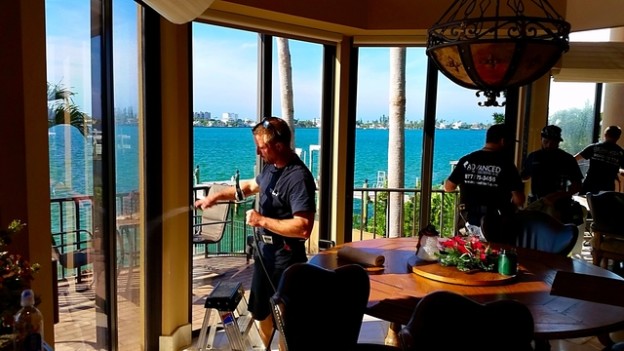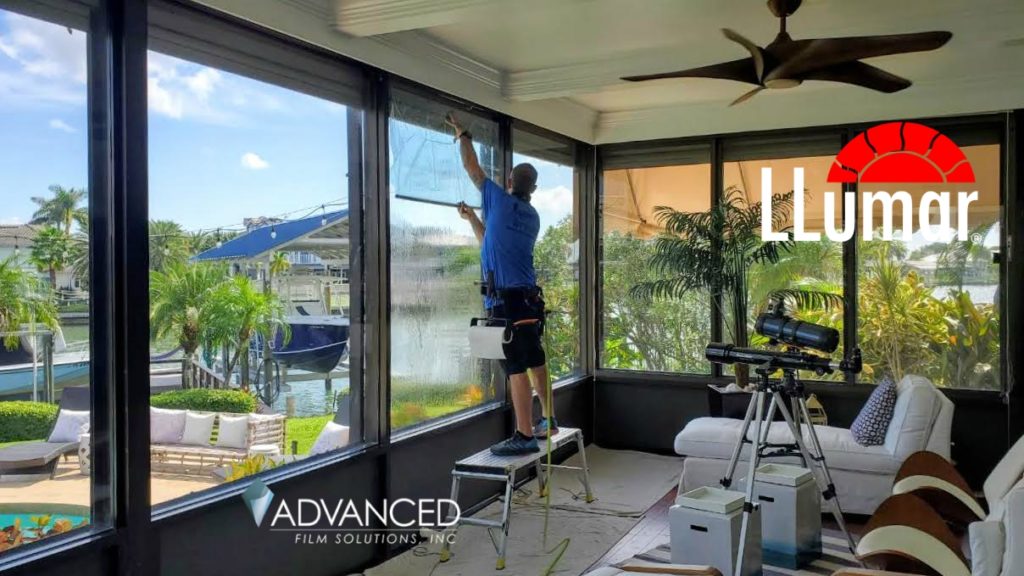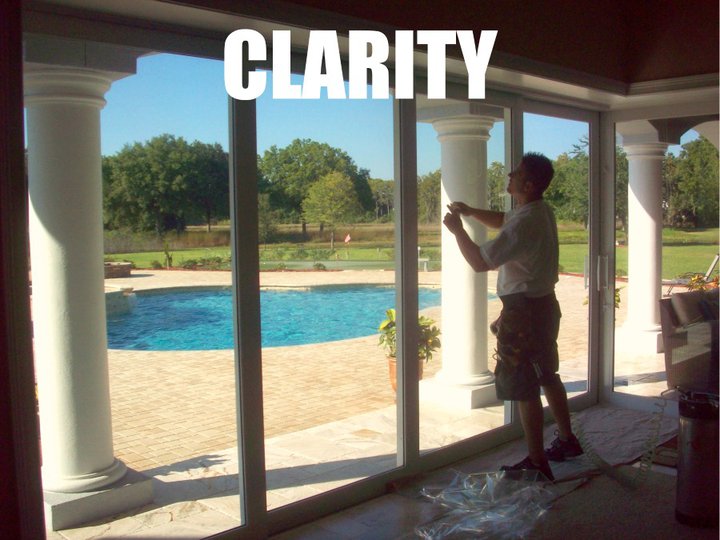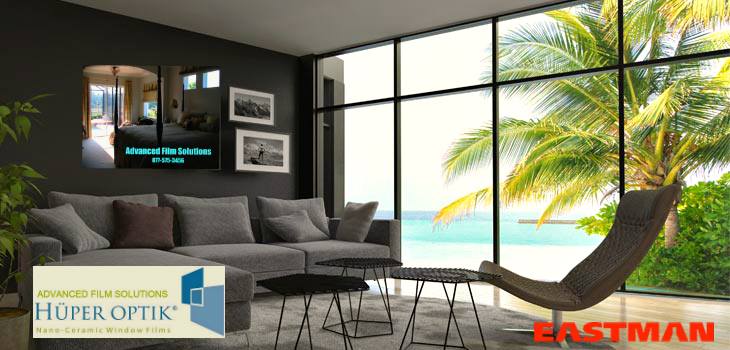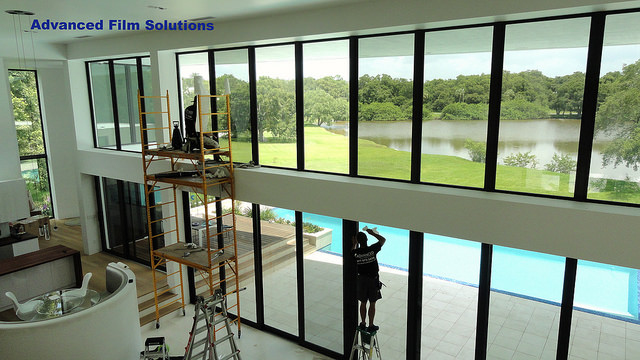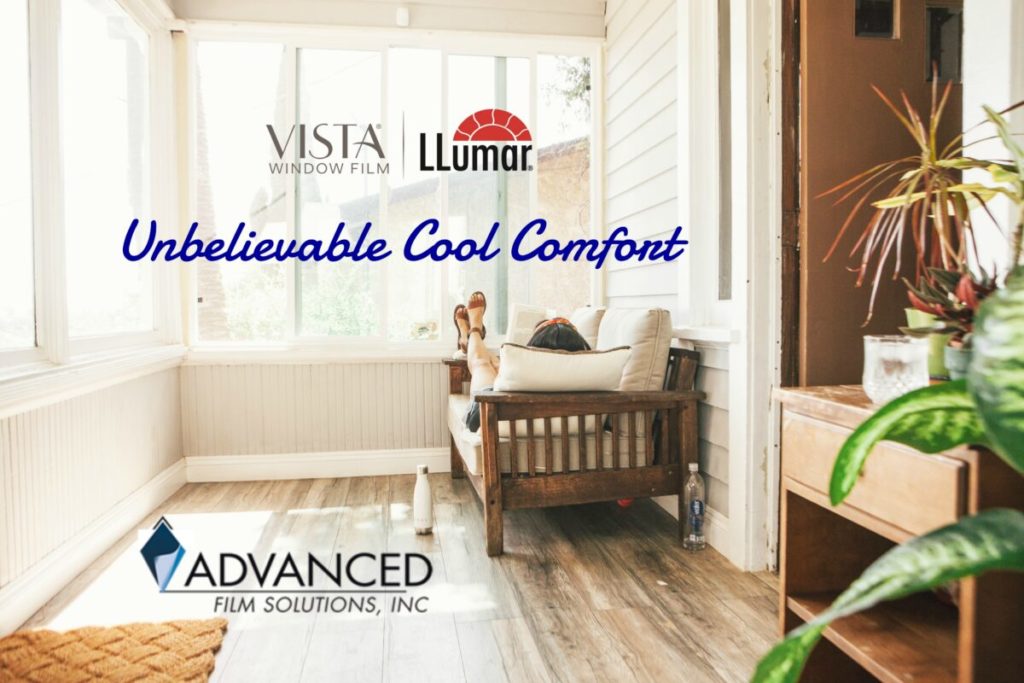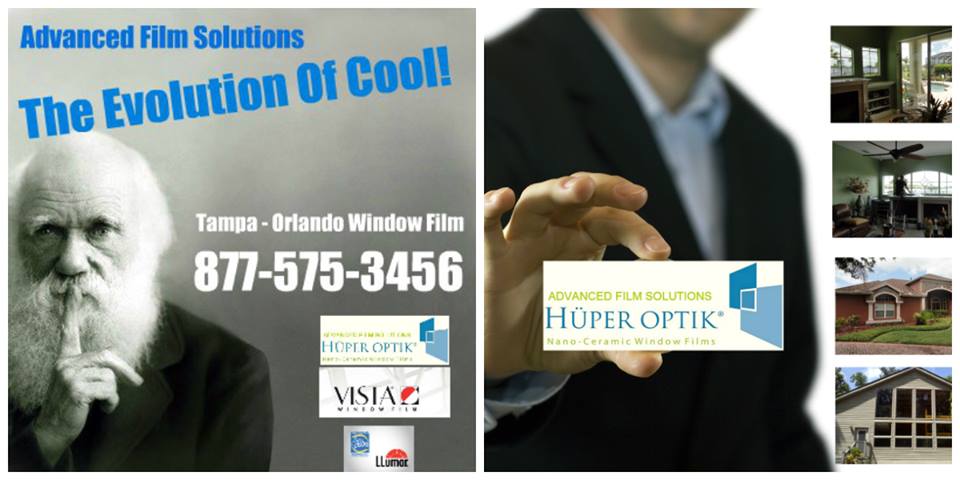You may fool all the people some of the time; you can even fool some of the people all the time; but you cant fool all of the people all the time.
The window film industry is a complex world and contradictory positioning of product solutions can quite often leave a prospective client with a pounding headache.
The following analysis is geared toward our more technically oriented prospective clients.
It assumes that your research and ultimate decision will be based on solid factual information as opposed to a brand belief in unrelated products like filters and sticky notes.
Rather than adding to a confusing scenario here are highlighted the key advantages to the ceramic technology compared to our competitor’s multi-layer optical films (MOF)

1. The ceramic film color and hue is natural and neutral. The 3M prestige film has a blue shift that alters the light streaming through your windows. Simply tilt their sample cards at a slight angle and you will observe this blue shift. This color shift has a direct influence on the colors of your fabrics and furnishings. This is why a neutral color is preferred by interior designers who are acutely aware of these issues.
2. The multilayer films also produce a rainbow effect on the glass at an angle, and the resulting light projected onto the floor and walls, carpets, etc. (in particular white colors or lighter beige walls or furnishings) has an oil slick iridescence appearance. This is readily observed. Our ceramic films do not produce this unintended effect since the light is not being filtered through the prismatic lens of the micro-layers.
3. The color or chemical composition of the ceramic films are stable and there are no dyes, contrary to false statements by some obviously ill trained or simply misinformed competition. The 3M film has dyes which will wear down during its life cycle.
The prestige competitor has modified their 70% VLT films with surface level coatings that do not have the durability of a ceramic film. In other words, the tint surface layer is removed quite easily. This can have long term implications for clear areas of film directly adjacent to darker areas because of their inherent limited hard coat protection.
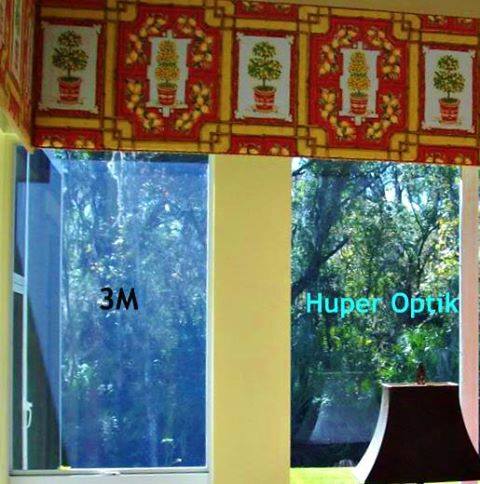
3M Film top left pane. Huper Optik ceramic film on the balance of the panes. This is a typical appearance for 3M window film.
4. We have previously highlighted the “incredible” in the dictionary sense, of statements promoting a superiority in “on angle” performance. This purported advantage is not an accepted standard by the NFRC. This is simply the natural outcome of wave and particle physics and EM (electro-magnetic) performance of glass at angle. The NFRC has certified Vista as well as the Huper Optik ceramic films. This is the “level playing field”
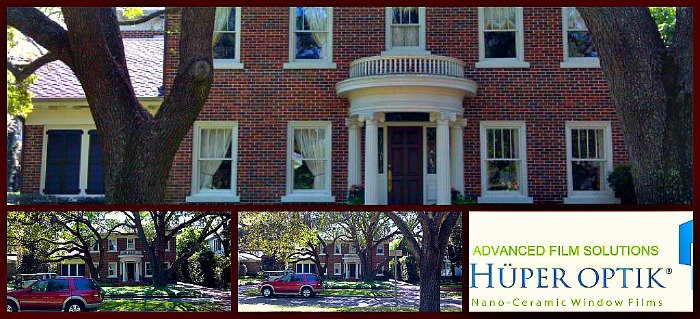
I’ll admit that while I was hawking their prestige film, I sincerely believed that the film could eliminate 97% of the invisible, infrared spectrum. This seemed to be confirmed when the technical types produced a IR heat lamp and a BTU meter that amazingly reduced the “heat” beyond the capability of a silver reflective 20% film or a very dark 5% limo film.

The film does perform effectively between 850-900 NM but the IR lamp coincidentally produced IR at that exact same narrow wavelength; thus producing this “magical” effect.
The IR wavelengths are much broader than this extremely narrow window. The actual IR rejection across the broader spectrum is quantifiable much less than the 97% figure they so frequently tout (the accurate IR rejection across the entire wavelength has not been published to date.) (Note that anecdotal data indicates an 84% IR Rejection)
IR represents about 50% of what we experience as heat.
The ceramic films, like Huper Optik eliminate over 90% of the entire IR wavelength.
The visible portion of the sun’s energy requires a tint, or some chemistry (metals, dyes, pigments,nano dots) to reduce the light. Thus a 30% ceramic film will reduce nearly 70% of the visible light while also factoring out the previously mentioned 90% plus of the IR.
So- -aside from the surface color on our competitor’s film, why wouldn’t they simply produce a 30% prestige like nano technology, multi-layered film to meet the rebate standard requirement of our local power companies?

The solar absorption of a multi-layered optical film is quite dramatic. Those 200 nano-layers may be quite small but they produce the unintended consequence of a dramatic increase in heat on the glass surface. This means the glass with their film on it gets extremely hot.
This heat absorption can produce “thermal stress” on the glass unit. The solar absorption rate of even their 40% film is borderline for IG units (restricted?)
6. Huper Optik ceramic films meet TECO rebate requirements where the 3M prestige film DOES NOT. The Huper Optik film earns $2.00 per square foot where the repackaged 3M ceramic films can not.
Let’s be blunt for the non window film educated consumer home depot shopping novice.
Electromagnetic energy from the sun can either be reflected, absorbed or transmitted. Obviously a low reflective ceramic film will reflect a small percentage of the EM as will the glass itself. Some energy will be transmitted (Total solar energy rejected) and some will be absorbed (glass/film surface gets hot) The key number to look for is the SHGC
Our Huper Optik Ceramic Films meet the SHGC threshold of the utilities for total heat rejected. That’s the bottom line!
This is problematic and we will choose our words carefully. The multi-layered light has to pass through an adhesive layer. This is also the case with our Vista and Huper Optik Film. Obviously a clear distortion free adhesive is recommended.
The various sample cards shown by our competitors does not include their adhesive layer. The Huper Optik sample card does. You will also note that the Huper Optik sample includes the clear liner.
Bridge of Light Orlando Science Museum Huper Optik
The prestige sample card does not.
Aside from the black border framing their sample card that tends to trick the eye to see their film as lighter (candidly many film companies use this same effect!)
We will simply note that a comparison made between sample cards pressed against a window may be seriously flawed. A much better comparison would be for a mock up done, side by side comparison, on a window (your window?) Before you make a hazy choice- –
Call Advanced Film Solutions!
IWFA – IR Ratings of Window Film

